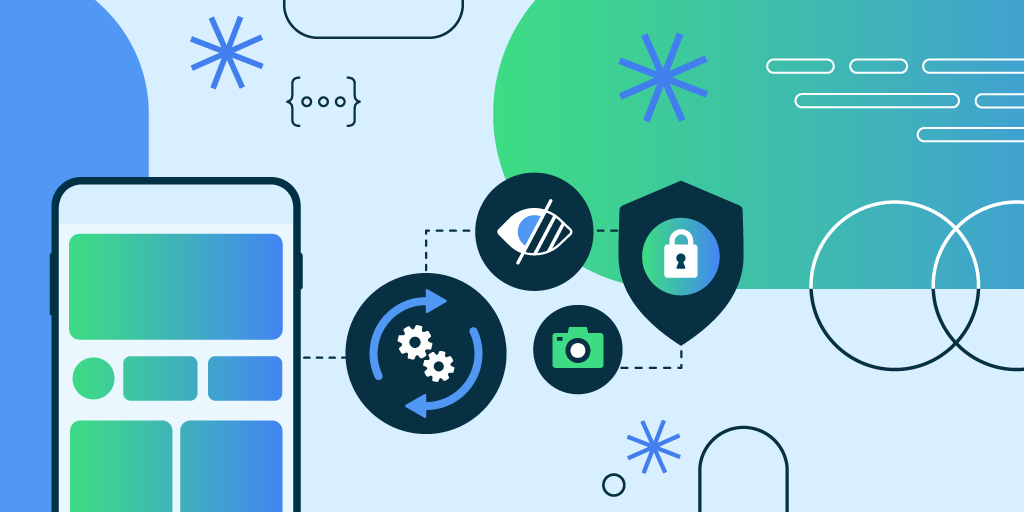In August 2022, a group of Googlers participated in the third (semi)-annual Arts at Google Pun Competition. They reeled off a cast of fish-themed jokes:
“This category really has me floundering.”
“If you can tune a piano, can you tuna fish?”
“I’m just here for the halibut.”
“Just gonna…perch right here, if that’s OK.”
“I feel like my ears are a little too big, I need to find a plastic sturgeon.”
“That one gave me a haddock.”
Their brains swimming with possibilities, one by one the competitors schooled (and delighted) their fellow Googlers with clever wordplay. The goal was to get the most eyerolls, groans and cheers.
The Google pun competition began in 2017. It grew out of an improv class hosted by Arts at Google, a workplace program to create spaces for Googlers to explore creativity through classes and workshops. Anna Botelho, who’s part of the Real Estate and Workplace team, started Arts at Google as a side project in 2011. “People were looking for ways to take a quick break to reset or re-energize themselves with creative outlets,” says Anna, who majored in music in college. The program grew over the years; today Googlers can, say, join a 90-person orchestra or try bookbinding courses.
There’s also the aforementioned improv class, which inspired the pun competition, both led by Arts at Google program manager Lindsay Alford and extended workforce member Maurissa Afanador. After its debut in 2017, the pun competition returned in 2019 and went on hiatus during 2020 and 2021; August 2022 marked its return.
This year, 16 contestants battled for punny glory in two rounds. In the first, the contestants went up to the mic round robin-style and each had one minute to come up with two fish-related puns. (They didn’t know the round topics beforehand.)
When the first round was up, the audience voted on who moved on by holding up color-coded cards to indicate which two players (who wore colored lanyards) should advance. Four punsters progressed to the second and final round; those who were eliminated joined the audience.
The final round, Maurissa (who also hosts the competition) says, is always “where it gets really impressive.” This time, the audience didn’t judge — the final four participants simply punned and punned and punned until they could pun no more. “They went until exhaustion,” Maurissa says. The round continued for nearly 30 minutes, with the last two participants punning back and forth for the final five.
The second-round topic was flowers. Neil Hendin, this year’s winner, describes himself as “cognitively exhausted” by the end of the contest. “I’m going to credit my wife for the win, because her name is IdaRose and she’s an avid gardener,” says Neil, a Bay Area-based hardware engineering manager. Doing well in the pun competition is about riffing on the fly but also having a backlog of information to work from, he says: “In my head, I was walking around our garden, remembering names of flowers.” His favorite of his puns from the round? “I made an AI to generate flower names. I call it ‘hiya-synth.’”
The pun competition and the improv class that sparked it have an impact beyond a trophy and bragging rights. Tyler Sellmayer, a Google engineer based in the Bay Area and 2022 pun competition participant, was able to lean on two punny friends for coaching. “They do puns all the time, and they would destroy me, they would make hundreds and hundreds of them and it would never end,” he says. But in trying to keep up with them, it worked the “pun” muscle. Soon enough, Tyler found himself on stage at the 2019 pun competition — which he went on to win.
“Doing something as silly as making puns, saying things that get eyerolls but also cheers, it’s very validating,” Tyler says. “It shows me that I don’t have to walk on eggshells all the time, I don’t have to carefully measure everything I say.” That realization has been monumental — his time as the contest’s champ was just the pun-derful cherry on top.


.png)



